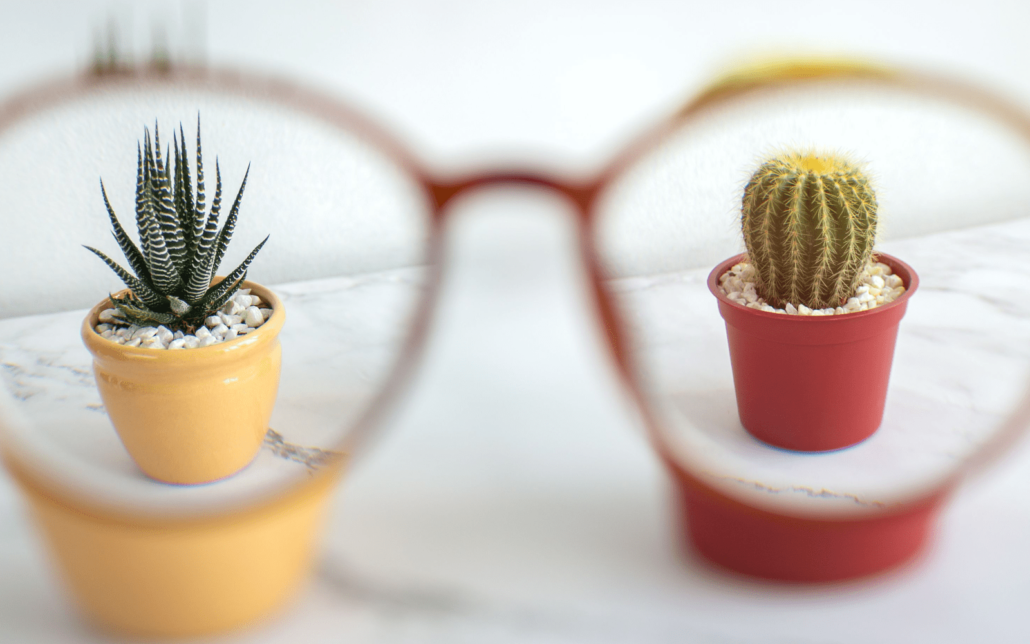The Rising prevalence of myopia and how it’s treated

Myopia is an optical condition more commonly known as near-sightedness. Near-sightedness is when you can see things up close, but things at a distance become increasingly blurry. People with this condition may require corrective appliances like glasses, or contact lenses to see things far away. This may mean they have trouble reading a street sign a block away, or they may not be able to see the blackboard from the back of the room. There has been a growing trend of myopia in children being tracked by optometrists everywhere.
Understanding The Rise of Myopia And What We Can Do
Current studies indicate that the rising incidence of myopia in children is likely due to behavioral factors. Children frequently spend less time outdoors than ever before, preferring time with their electronics. Hours are spent staring at screens just a few feet from their faces, even when their outside and on the go. The rise of the pandemic has only exacerbated this situation, making time outside even less frequent. In addition to these behavioral elements, it’s also clear environment and genetics play a role. If both parents have myopia, the child is more likely to be myopic. However, it’s clear that these factors aren’t driving the rise in frequency.
Myopia is on the rise worldwide, and not just in those areas that are highly developed. The trend is so persistent that the World Health Organization expects half the population of the world to be myopic within 30 years. Genetic elements have been ruled out as a primary driver due to the worldwide prevalence of the condition. Genetic change simply doesn’t happen fast enough to account for the rate of change. There’s one factor driving this change that may be surprising for some. The importance of higher education has been emphasized more than ever before. This means more children are spending more time indoors studying and completing homework in hopes of getting into college. Once in college, this trend continues, with their vision being impacted as a result.
So is the answer to this concern to stop using electronics, avoid education, and generally take a huge step back? Thankfully, no. While screen time and time reading and studying do have a role to play, there’s more to it. Studies have shown that time spent indoors has a greater impact than these factors. This means that even when spending time reading or on electronics. Time in the sun can help reduce the likelihood of developing myopia, provided that it isn’t resulting from genetics.
How To Help Your Children Avoid Becoming Myopic
Time spent in natural light helps, even if your child is indoors while being exposed to it. There are numerous treatments being considered and researched to help address the rising trend of myopia. However, these are still in development and have not been fully proven to be effective. The best-known preventative at this stage is ensuring that your children spend additional time outside in the sun, even if they’re on their electronics while out there. Speak to your optometrist for further guidance.

Dr. Paul D. Trapeni JrAt The Optical Shoppe, we're dedicated to optometry excellence under the guidance of Dr. Paul D Trapeni. Serving the Smyrna community since 1989, Dr. Trapeni is a trusted member of the community, bringing general and specialized optometry care to individuals and families throughout the area.


